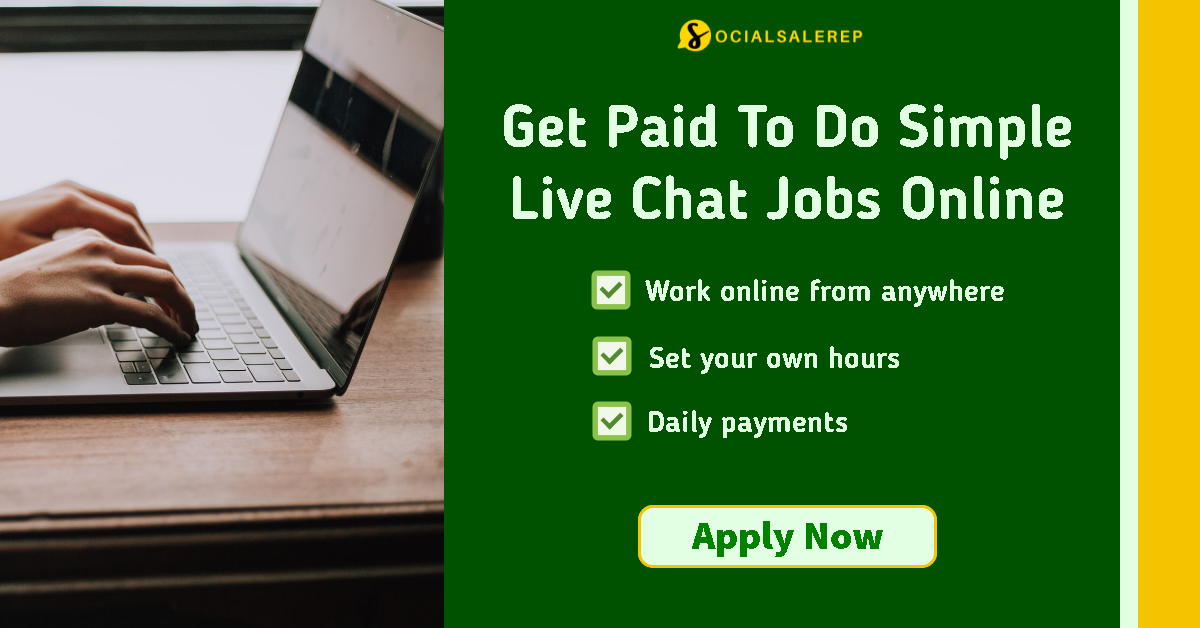Are you interested in sharing your knowledge with a wider audience? Creating and publishing a successful podcast for education can be a great way to reach and engage with students, teachers, and lifelong learners. In this article, we will explore the key steps involved in creating and launching an educational podcast that resonates with your target audience. From choosing a topic to recording and editing your episodes, we will guide you through the process to help you create a podcast that educates, inspires, and captivates your listeners. So grab your microphone and get ready to embark on an exciting podcasting journey.
Choosing a Topic
When it comes to creating a podcast, the first step is choosing a topic that is both interesting and unique. Finding a niche is essential to standing out among the sea of podcasts available. Consider your own interests and expertise, as well as what is currently popular in the podcasting world. Once you have narrowed down your potential topics, think about your target audience. Who do you want to reach with your podcast? Understanding your audience’s wants and needs will help you craft content that resonates with them. Additionally, take some time to research existing podcasts on similar topics. This will give you insight into what is already available and help you identify any gaps in the market that you could fill.
Planning Your Podcast
Before diving into the recording and editing process, it’s important to take the time to plan out your podcast. Start by defining your goals and objectives for the podcast. What do you hope to achieve with your show? This could be anything from providing valuable education to entertaining your audience. Once you have a clear vision in mind, it’s time to create a content plan. Outline the topics you want to cover in each episode and consider the overall structure of your show. Will it be an interview-style podcast, a storytelling narrative, or a solo discussion? Developing an episode format will keep your content consistent and engaging for your listeners.
Recording Equipment and Software
To produce a high-quality podcast, investing in the right recording equipment is crucial. Start with a quality microphone that captures clear and professional sound. There are various options available, so do some research to find the best one for your budget and recording setup. In addition to a microphone, you’ll also need audio editing software to polish your recordings. There are both free and paid options available, so choose the one that suits your needs and technical skills. Consider other equipment like headphones and a pop filter to enhance your recording quality further.
Recording and Editing
Creating a recording setup is essential for ensuring a smooth and professional podcasting experience. Find a quiet space with minimal background noise and consider adding some soundproofing measures if necessary. Proper microphone placement and using a pop filter will help improve the audio quality and minimize unwanted noise. When it comes to recording, try different techniques to find what works best for you. Experiment with your tone and cadence, and don’t be afraid to redo parts that didn’t sound quite right. Once you have your recordings, it’s time to edit and polish them. Remove any mistakes or long pauses, adjust the volume levels, and add any necessary sound effects or music. Editing is where you can really make your podcast shine, so take the time to perfect your episodes before releasing them to the world.
Podcast Hosting and Distribution
After recording and editing your episodes, it’s time to choose a podcast hosting platform. This is where your podcast will live and be distributed to popular podcast directories. Look for a hosting platform that offers good storage and bandwidth capabilities, as well as reliable customer support. Once you have selected a hosting platform, create eye-catching podcast cover art and a captivating podcast description. These elements will help attract potential listeners and give them a glimpse into what your podcast is all about. Finally, submit your podcast to popular directories like Apple Podcasts and Spotify. This will ensure that your show is accessible to a wide audience and increase your chances of reaching new listeners.
Building a Brand
To make your podcast memorable and recognizable, it’s important to build a brand around it. Start by designing a unique and visually appealing podcast logo. This logo will be the face of your podcast and should reflect the tone and content of your show. Next, craft a podcast name that stands out and accurately represents what your show is about. A catchy and descriptive name will make it easier for potential listeners to find and remember your podcast. Lastly, establish a consistent tone and style throughout your episodes. This includes both your delivery as the host and the overall format of your show. Consistency is key to building a loyal audience who knows what to expect from your podcast.
Promoting Your Podcast
Once you have created your podcast and established your brand, it’s time to promote it to reach a wider audience. Utilize social media platforms to share your episodes, engage with your listeners, and build a community around your show. Collaborate with influencers or other podcasters in your niche to cross-promote and reach new listeners. This can include guest appearances on other podcasts or hosting joint episodes. Additionally, leverage your existing email list or website to promote your podcast to your followers and subscribers. Include links to your episodes and encourage your audience to share and recommend your show to others.
Engaging with Your Audience
Engaging with your audience is crucial for building a loyal and dedicated fan base. Take the time to respond to listener feedback and questions. This can be done through social media or by dedicating a segment in your episodes to address audience inquiries. Host live Q&A sessions or interviews where listeners can interact with you directly. This not only fosters a sense of community but also allows your audience to get to know you better. Another way to encourage audience interaction is by hosting contests or challenges related to your podcast. This can be anything from a giveaway of podcast merchandise to a listener-submitted challenge that you discuss on your show. Engaging with your audience will not only strengthen their connection to your podcast but also provide valuable insights and ideas for future episodes.
Analyzing and Improving
To ensure the success and growth of your podcast, it’s important to constantly analyze and improve your content and delivery. Track your podcast analytics to understand which episodes perform well and which ones could be improved. Pay attention to listener demographics, download numbers, and engagement metrics. Seeking feedback from your audience is also crucial in understanding what they enjoy and what could be improved. Encourage them to leave reviews or send direct messages with their thoughts and suggestions. Use this information to continuously improve your content and delivery, ensuring that your podcast remains fresh and relevant to your audience.
Monetization Strategies
If you’re looking to monetize your podcast, there are several strategies to consider. Explore sponsorship opportunities by reaching out to companies or individuals who align with your podcast’s niche. Sponsored segments or product endorsements can provide a steady stream of income. Another option is to consider crowdfunding or accepting donations from your loyal listeners. Platforms like Patreon allow fans to support your podcast financially in exchange for exclusive content or perks. Finally, consider creating premium content or merchandise to sell to your audience. This could include bonus episodes, behind-the-scenes content, or branded merchandise. Monetization strategies will vary depending on your podcast’s niche and audience, so experiment with different options and find what works best for you.









